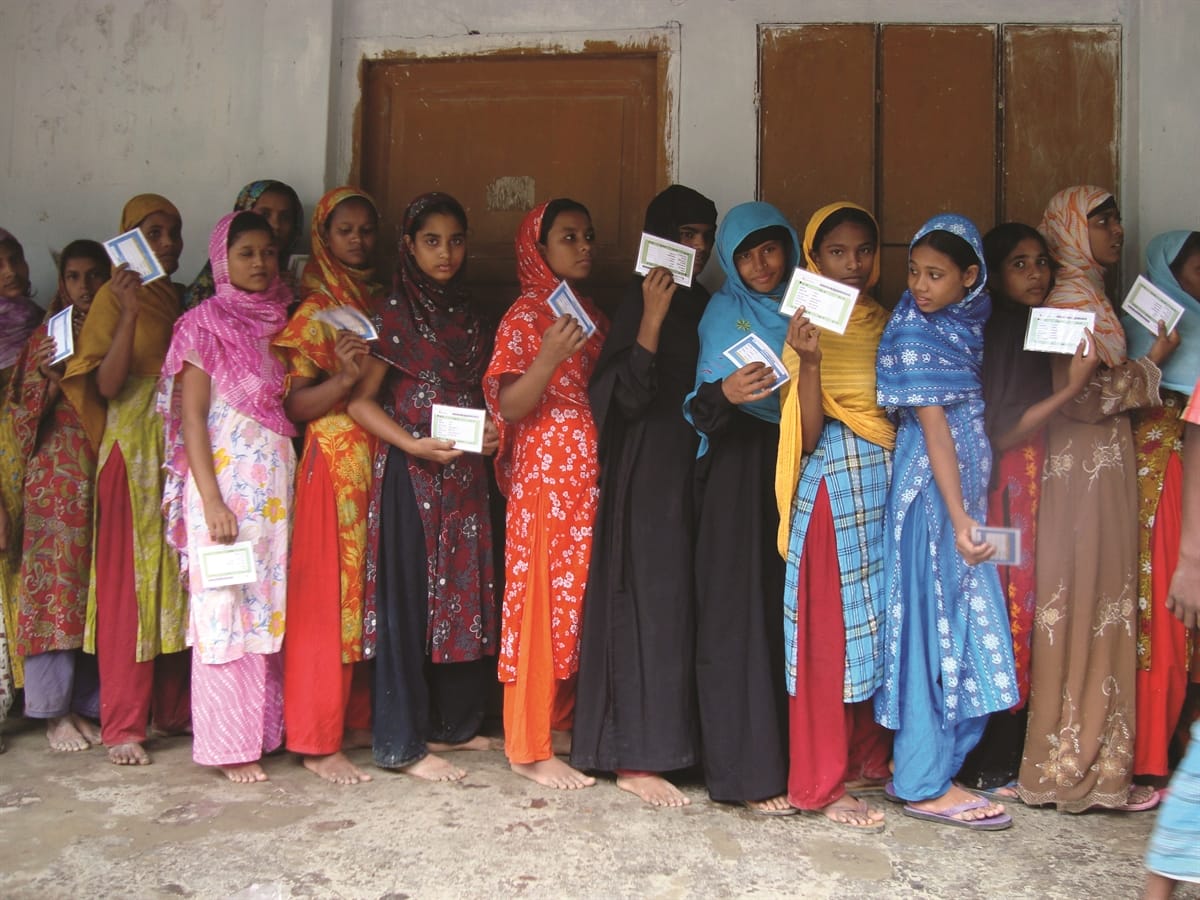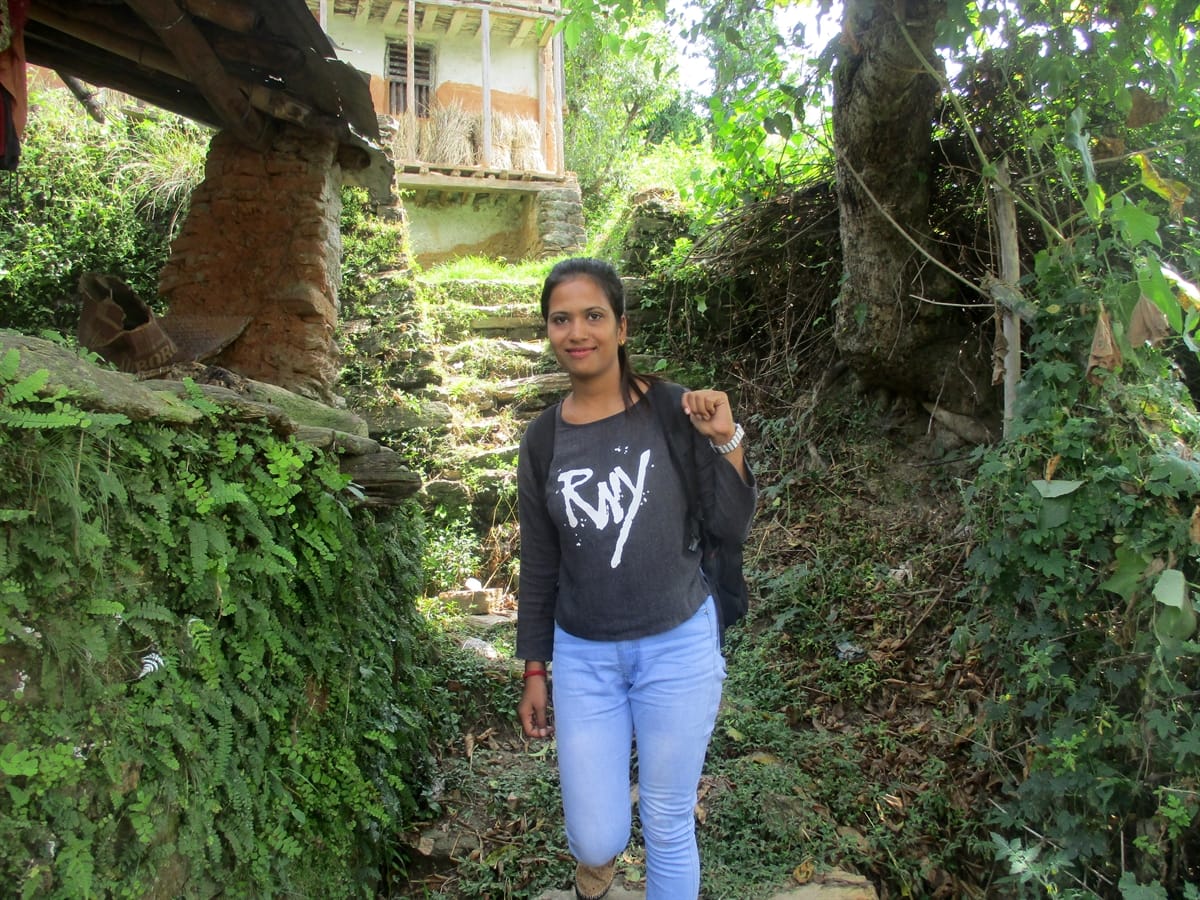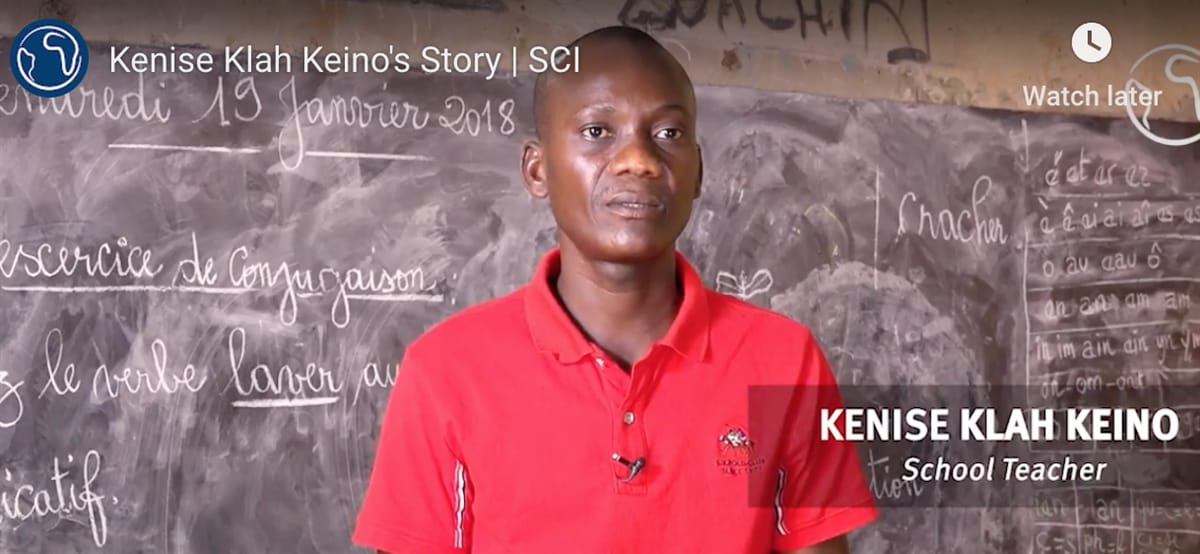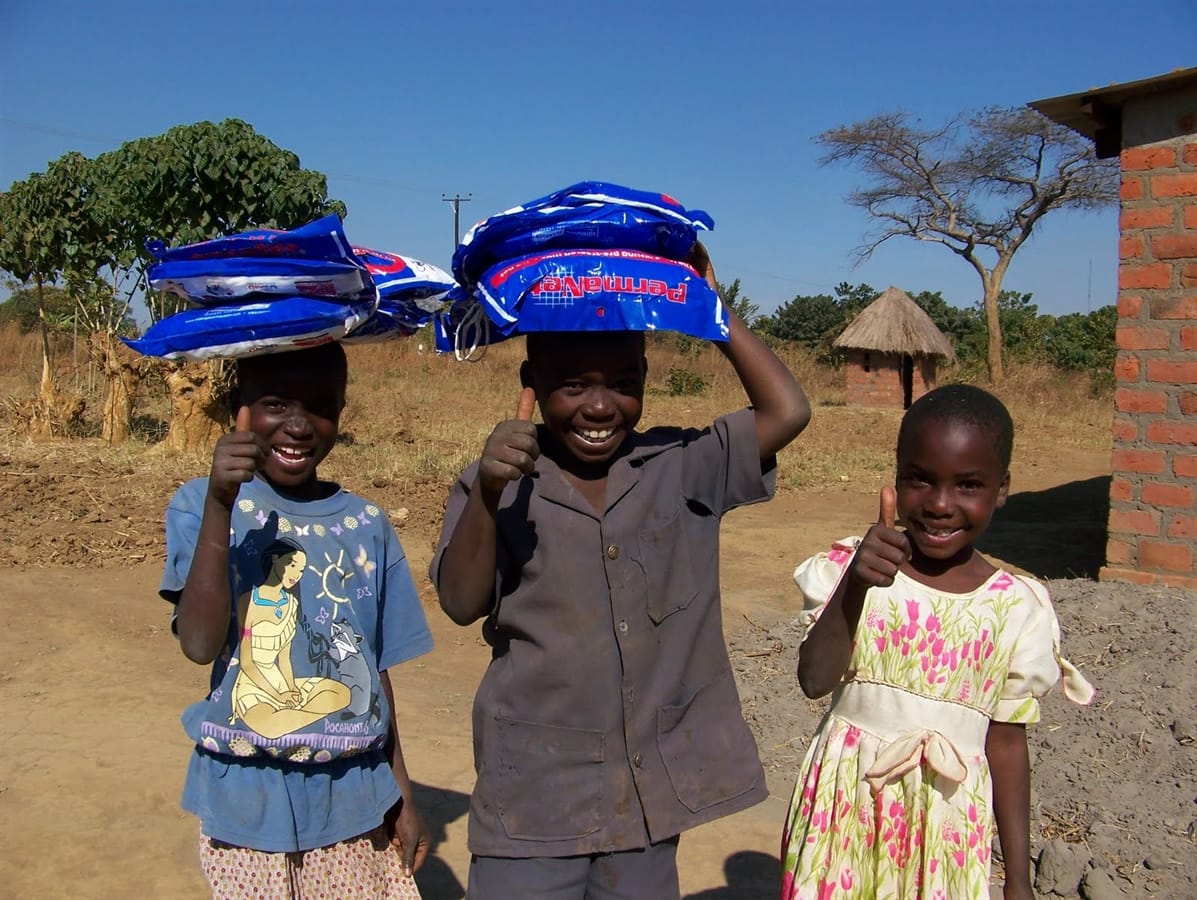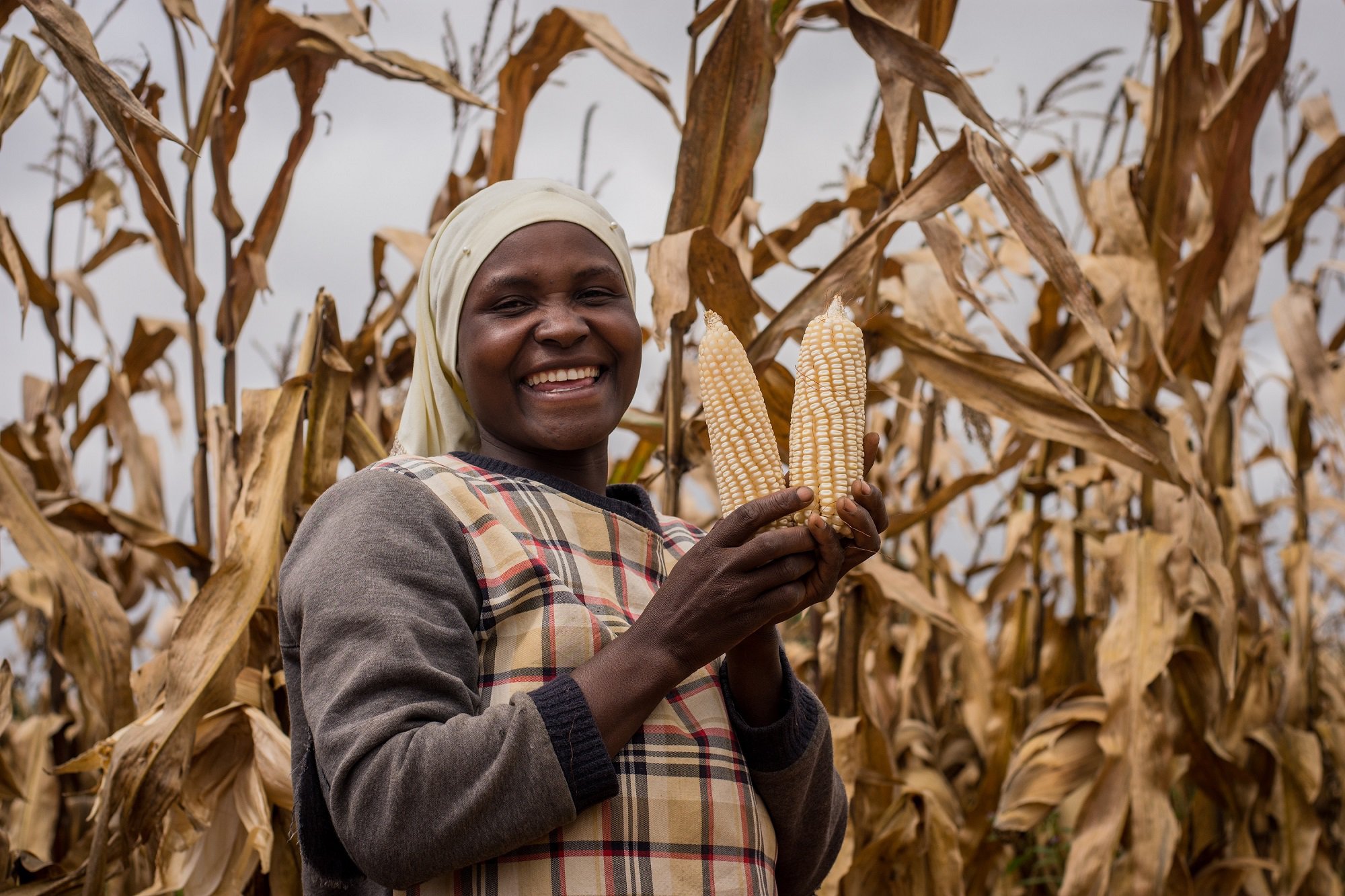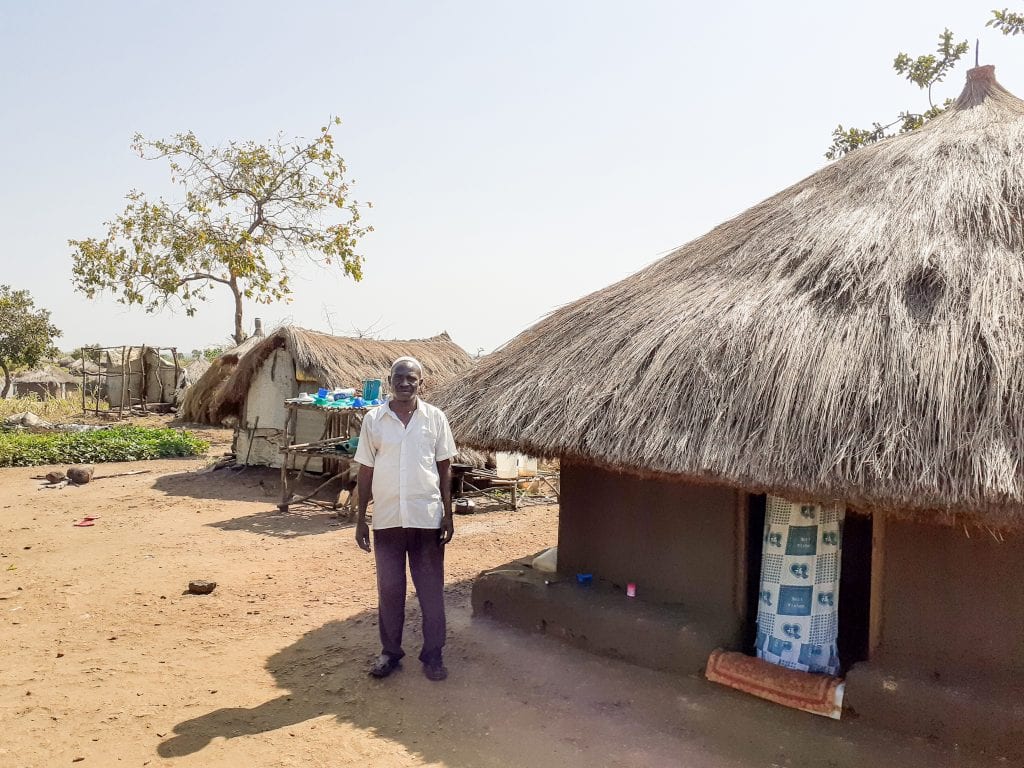Girls who marry before the age of 18 tend to face greater difficulties in life than girls who delay marriage—they are more likely to be socially isolated, to have early and high-risk pregnancies, and to experience intimate partner violence. They also complete less schooling than girls who marry after age 18.
Without evidence, decision-makers often have to guess the answers to questions like this. IPA works with our partners to generate evidence on what works, so organizations and governments can make informed decisions. In Bangladesh, researchers evaluated different approaches aimed at curbing child marriage and teenage childbearing.
Before reading our findings below, see if you can guess which, if any, of the following was effective?*
-
Same as the above, but also with financial literacy training.
-
Delivering cooking oil to families with unmarried girls aged 15-17 every four months.
Our study and findings
While many countries have instituted laws to prohibit marriage for individuals under the age of 18, child marriage remains the norm in many countries in South Asia and Sub-Saharan Africa. Between 2011 and 2020, 142 million girls are projected to become child brides in developing countries.1
Previous research has found that encouraging girls to stay in school can reduce child marriage, but this approach fails to reach girls out of school, who are often the most vulnerable. Improving girls’ abilities to negotiate through empowerment or skills training may be a more inclusive approach, but little evidence exists on the effectiveness of such interventions. In contexts where parents are heavily involved in marriage decisions, an alternative approach may be to provide incentives to parents that are conditional on delaying their daughters’ marriages.
IPA researchers evaluated the impacts of a conditional incentive program and an adolescent empowerment program on adolescent marriage, teenage childbearing, and education in rural Bangladesh.
Overall, researchers found that the conditional incentives led to a significant reduction in child marriage and teenage childbearing and increased educational attainment. The empowerment program increased educational attainment but did not affect child marriage or teenage childbearing. Girls in communities with conditional incentives were 6.3 percentage points less likely to marry before the age of 18, a 23 percent reduction over girls in communities without any programming. They were also 2.9 percentage points less likely to have children during their teenage years, a 13 percent reduction over girls in communities without any programming.
Taken together, these results suggest that a conditional incentive for families of adolescent girls can lead to substantial reductions in child marriage and teenage childbearing in a setting with high rates of underage marriage. Unlike incentives conditional on schooling, which only focus on girls in schools, this incentive program conditional on marriage had positive effects on out-of-school girls as well. Moreover, this evaluation demonstrates that an incentive conditional on marriage (instead of education) can still have positive effects on educational attainment for girls in school. This program was highly cost-effective. Researchers estimate that every $1,000 spent on the program by the implementer led to 6.6 years of delayed marriage, 1.5 averted child marriages, and 3.6 additional years of schooling. They also conducted a cost-benefit analysis and found that the program generated $1,070 in net present value for every $1,000 invested by the implementer and beneficiaries.
While the empowerment program did not lead to significant changes in child marriage or teenage childbearing during the time period evaluated in this study, it did increase schooling outcomes, with significantly more women from empowerment communities still in school in their early twenties. It is still early to know the full effects of the program, which may lead to improved reproductive health outcomes or marital bargaining power later in life. In addition, empowerment programs may be more effective in settings where girls have more control over their marriage choices.
Read more details of the study and findings here.
*The correct answer was C: the conditional incentives—delivering cooking oil to families of unmarried girls—led to a significant reduction in child marriage and teenage childbearing, and increased educational attainment.
You can read more about IPA here and support their work here.
